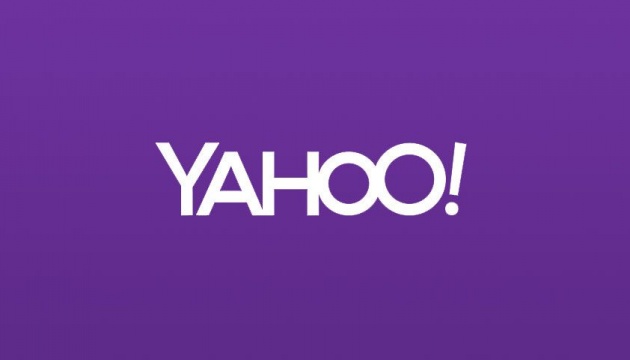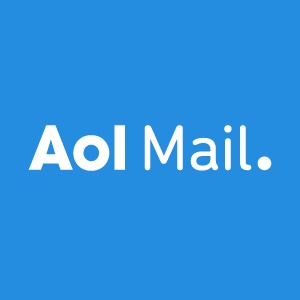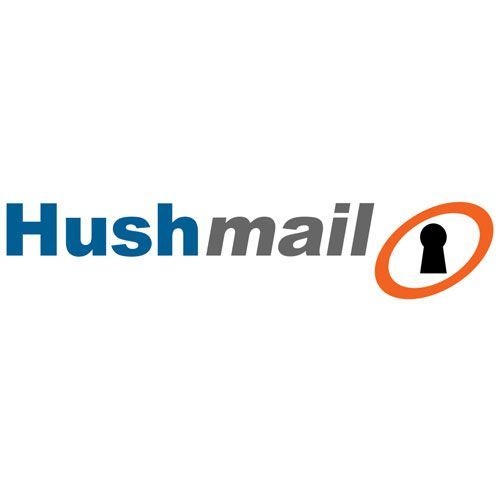

Gmail
Google Gmail is the standard-bearer of all free web based email programs. It’s lean and mean and fast as a bullet. Even better, it’s scary smart.
For example, if you try sending an email with the word “attachment” in the subject line but don’t attach a file, Gmail will let you know before it sends the message. Details like that make you realize the men and women behind Gmail are a crafty group of folks.
They’re so smart that they’ve even created a self-sufficient universe of bonus perks that make it practically impossible for you to get around on the webwithout a Google account. These days, if you want to sign in to YouTube and leave comments, upload videos, or create playlists of favorites, you’ll need a Google account — which comes with a Gmail account attached.
The same goes for accessing Google Play and a host of other nifty features you probably want to have, especially if you’re running a business and you need access to free email for your employees. Features like Google Drive (formerly known as Google Docs) give businesses a cheap option around potentially costly Microsoft Office licenses. The fact that you can also access these features remotely on mobile devices makes it an even more crucial essential for the business looking to cut price corners.
Of course, anytime something comes free of charge you always end up paying. In Gmail’s case, you’ll have to suffer through (or learn to ignore) the ads that make it possible for you to have 15GB of cloud storage space at zero cost.
Aesthetically speaking, Gmail’s not exactly the ugliest dog on the block, but that’s not to say it couldn’t do with a nice makeover. The interface, which admirably attempts to incorporate everything onto one page, can sometimes feel a bit cluttered. And despite offering alternative themes, the choices are slim. No, it’ll never win any beauty pageants, but if what you’re looking for is a wide range of functionality and reliability, it’s hard to go wrong with Gmail.

Yahoo Mail
You have to give it to Yahoo; they’ve come a long way since the days of yore when having a Yahoo email account was only a small step above having a rinky-dink Hotmail account. And recently, thanks to the efforts of the company’s new CEO Marissa Mayer, Yahoo has taken steps to up its game.
But when you compare the new dashboard against Gmail’s, you’ll see there’s very little to set it apart as anything other than a knockoff of a superior product with slightly more handsome (albeit fewer in number) themes.
Even the sidebar ads make it feel as if Yahoo’s simply torn a page from the Gmail handbook and is using it under a different name. Unlike Gmail, Yahoo Mail gives you the option to get rid of the ads once and for all – but you have to pay $5 per month to upgrade to “Ad Free Mail.”
Another example of Yahoo’s inferior capabilities is the fact that POP is not enabled, and you can’t forward emails, unless you spring for an additional $19.99 per year to get Mail Plus. Those committed to enjoying an entirely free web based email experience will also have to learn to live without optimized mail organization features present in other free email programs. For example, Yahoo Mail lets you create certain folders for organizing email messages, but hierarchical arrangement is off the table.
It’s not all bad news for Yahoo Mail. It’s well integrated with Flickr, making it easier to share photos with friends, and the 1TB of email storage space makes Gmail’s 15GB seem chintzy in comparison. But beyond that, it’s still an incredibly limited platform that’s easy to outgrow, especially if you’re looking for the types of professional inclusions that come as part of Gmail’s package, like Google Drive. You simply don’t get that superior “business” functionality with Yahoo Mail, which could very well be the deal killer that strikes this option off the list of possible free web based email.  Outlook.com
Outlook.com
One of the great benefits of Outlook.com is its interface, which so closely resembles that of Microsoft Outlook that it makes for an incredibly simple transition for the user looking to switch up to a web based email solution. Microsoft’s email services have gone through a number of identity changes since 1997, when it acquired Hotmail, later rebranded as part of the Windows Live suite.
But this is no retrofitted Hotmail product. Instead, it’s a completely redesigned beast that actually trumps the aforementioned Gmail and Yahoo by offering its usersunlimited email storage space – news that should make email hoarders and sentimentalists pump their fists in appreciation.
Outlook.com is also improved by the integration of the Microsoft-owned Skype, as well as People, Calendar and SkyDrive – the latter of which makes sending attachments as large as 300MB a possibility. You can’t even do that with Gmail, which limits each message to 25MB.
It’s also highly mobile-enabled, operating not only on Windows Phones but also on Android devices and iPhones.
Business users will enjoy the capabilities Outlook.com offers by way of allowing them to view Word, Excel and PowerPoint documents directly from their inbox without having to launch Office. There’s an enhanced search function that business users and consumers will enjoy, allowing you to filter email searches by folder, keyword, attachments, and date range. And it includes instant messaging too, which is cross functional with Facebook chat.
One of the few drawbacks of the service is that the interface doesn’t allow for much customization – but considering that the intent of the program is to replicate the feel of Microsoft Outlook, that’s not necessarily a big deal.

AOL Mail
Former users of the 90s-era America Online service may cringe at the thought of signing up for an AOL Mail account, but its modern redesign may help to alleviate the concerns of the reticent. Today’s AOL Mail is a far cry from the old school service that once dominated the world of email and chat.
Desired tasks are clearly visible and the interface is attractive. Instant Messaging is still around, as are buddy lists, and the service’s Calendar features work well.
But the list of things AOL Mail can’t do is far too long for it to be a legitimate consideration unless all you’re looking for is a freebie email account. If the annoying presence of distracting ads isn’t enough to make you turn tail and walk away from AOL Mail, then it’s likely the lack of a feature that automatically checks for new email and informs you of its arrival might be the straw that breaks that camel’s back.
Mail.com
Even before you sign up for Mail.com, you’re notified of two of its most attractive selling points: the availability of unlimited storage, and the ability to choose from among 200 domains.
If you’re not keen on the idea of having your email address beYourName@mail.com, you’ve got plenty of choices. These include dozens of job-related domains (@accountant.com, @bartender.net), hobby-related domains (@artlover.com, @collector.org), tech-related domains (@programmer.net, @consultant.com), music-related domains (@hiphopfan.com, @songwriter.net), USA-centric domains (@nycmail.com, @usa.com), world domains (@scotlandmail.com, @israelmail.com), and spiritual-themed domains (@angelic.com, @muslim.com). These are just to name a few. So far, so good.
The hammer falls, however, before you even get to your inbox, when you’re greeted with a laundry list of items that are not supported by the free version ofMail.com: an ad-free interface, SSL security encryption, POP3 and IMAP, and phone support. If any of the aforementioned are something you desire (and you really should at least want SSL encryption) your only option is to sign up for the Premium account, which will run you $3.95 per month or $19.95 per year.
You can continue to use Mail.com as a free email provider – which contains desirable features like the ability to create subfolders for email organization and 12 so-so design themes – but those interested in using the service for business purposes will find little else worthwhile here.
Hushmail
Touting itself as one of the most secure email providers on the planet (now thatLavabit has been effectively eliminated from the game by the U.S. government), Hushmail has come under a lot of criticism lately for its cooperation in handing over user information to requesting U.S. authorities. Therefore, let it not be said that Hushmail is the obvious choice for folks seeking a free email service that also delivers uber-security.
On the positive end, Hushmail does offer strong encryption and spam filtering, as well as virus scanning on all incoming messages. Added security comes in the form of a “passphrase” that’s different from a password in that it can be much longer and more complex – however, if you happen to forget your passphrase, there is no way for the service to send you a reminder or reset it for you. You’ll simply have to create a new free account.
The peculiarities of Hushmail become evident the moment you to sign up for a free account, only to discover keeping it is contingent upon signing in at least once every three weeks and not exceeding 25MB of storage space.
For 1GB of expanded storage space, you can pay $34.99 per year. For 10GB and IMAP/POP functionality, the going premium is $49.98 per year. Business users can sign up for a separate Business plan, with expanded 10GB storage space per employee and the ability to establish a company domain name. Hushmail Business costs $5.24 per month per user, in addition to a $9.99 one-time setup fee. All of which, as you might imagine, tallies up somewhere in the neighborhood of “too much cash to ask” – especially in light of the other, more well established email providers that can give you a lot more storage space for free.



